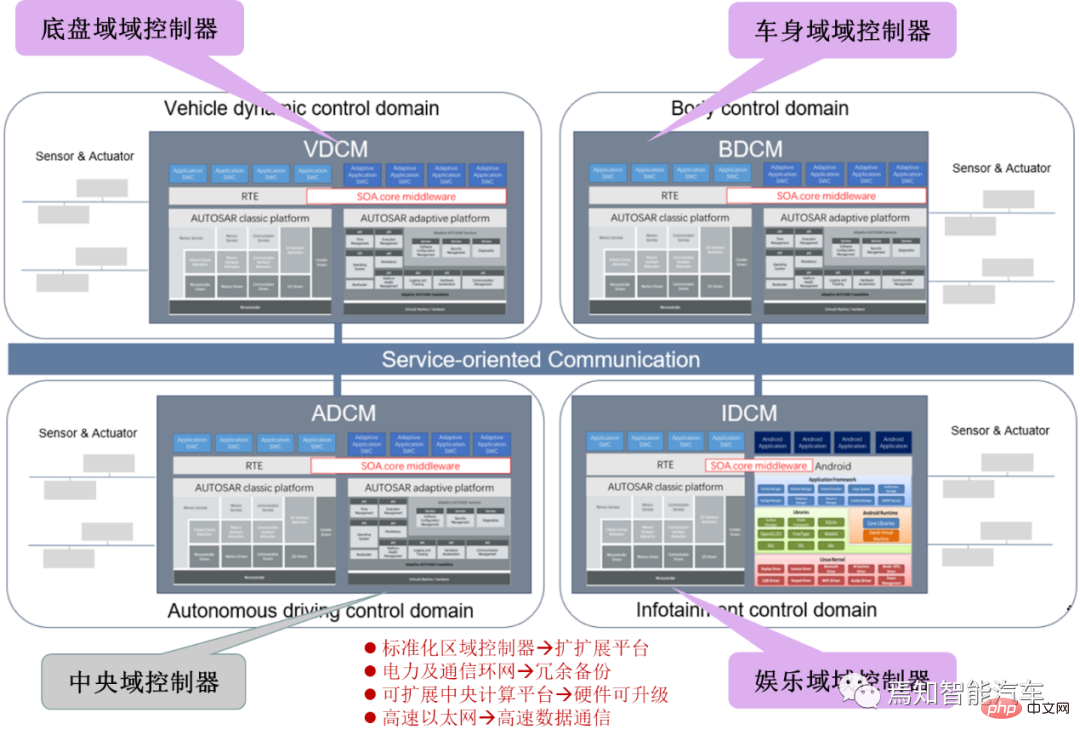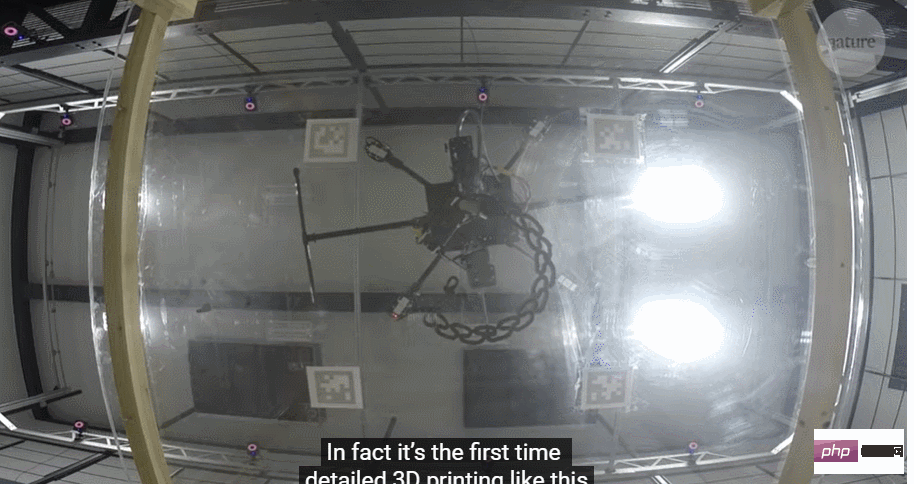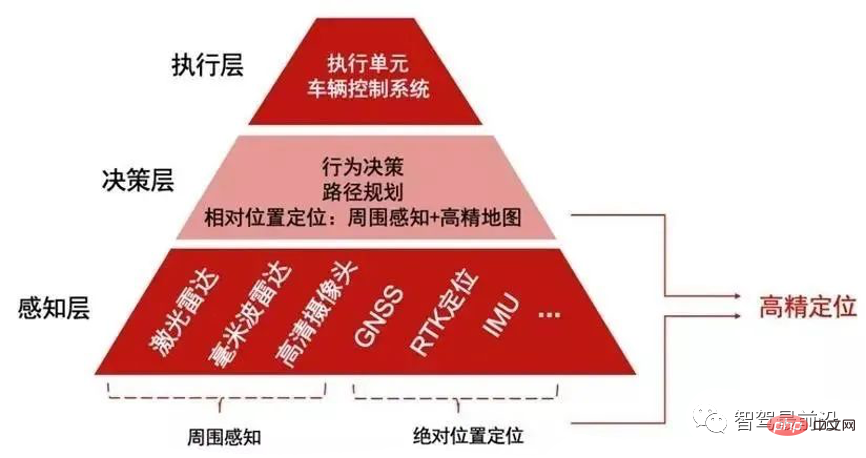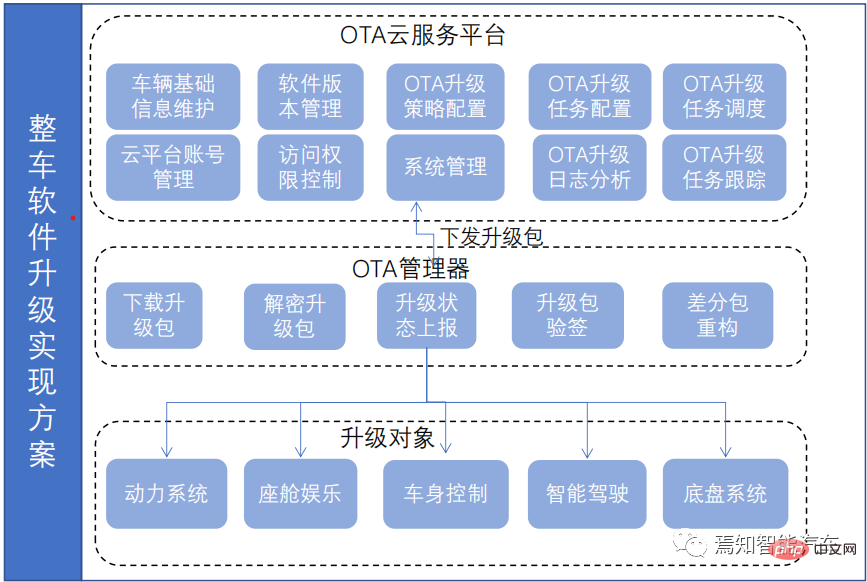With the increasing popularity of web applications, more and more people are starting to use PHP as their server-side scripting language. PHP has become a mainstream language for Web application development because of its characteristics such as ease of learning and use, high development efficiency, and excellent performance. However, in order to better manage the database, PHP needs to rely on ORM technology. This article will introduce and analyze the ORM technology in PHP.
- What is ORM technology?
ORM is the abbreviation of "Object Relational Mapping", which is a mapping technology between objects and relational databases. Simply put, ORM can help us map data in relational databases to our program objects to achieve data persistence.
The benefit of ORM technology is that programmers can focus on program logic without paying attention to database query languages (such as SQL). ORM can also automatically complete the processing of relationships between some entity objects, such as join queries or subqueries, and the ORM framework can help us handle error messages during database access, which is simple and easy to use.
- Commonly used ORM frameworks in PHP
In PHP, there are many ORM frameworks that we can use. This article will introduce the three most commonly used ORM frameworks in PHP:
(1) Doctrine
Doctrine is one of the most commonly used ORM frameworks in the PHP community. It is written in a completely object-oriented style and provides functions such as exception handling, transaction processing, and model association. Doctrine uses flexible, XML-based Model configuration to quickly initialize the database and generate corresponding database tables.
(2) Eloquent
Eloquent is the ORM framework that comes with the Laravel development framework. It provides a powerful query builder and model relationship. Eloquent uses Active Record mode to operate the database by default, making its development efficiency extremely high.
(3) Propel
Propel is another popular ORM framework in the PHP community. It provides complete ORM functions and two modes: Active Record and Data Mapper. Propel has powerful Schema capabilities that can define class and table mappings using simple YAML.
- Basic use of ORM
Next, we will introduce the basic use of ORM, taking Eloquent as an example.
(1) Build the model
In Eloquent, we can create a simple PHP class to define the data table model. Here is an example:
<?php
use IlluminateDatabaseEloquentModel;
class User extends Model
{
protected $table = 'users';
}In the above code, we define a User class and inherit Eloquent’s Model class. The $table attribute defines the database table name corresponding to the model.
(2) Query data
In Eloquent, we can query data in two ways: directly using the model class or using the query builder.
Use model class:
$user = User::find(1); echo $user->name;
The find() method here is a method encapsulated by Eloquent and is used to query records with a primary key of 1. We can use the properties in it.
Use the query builder:
$users = DB::table('users')->where('votes', '>', 100)->get();Here we use the $query builder, which can help us easily build SQL query statements.
(3) Add and update data
In Eloquent, we can use the create() method to insert a new record in the database:
$user = User::create(['name' => 'John Doe', 'email' => 'johndoe@example.com']);
can also be used The save() method updates an existing record:
$user = User::find(1); $user->email = 'newemail@example.com'; $user->save();
(4) Delete data
In Eloquent, we can use the delete() method to delete a record:
$user = User::find(1); $user->delete();
(5) Model Association
In Eloquent, we can use model association to help us quickly and simply define the relationship between models. For example, we can use one-to-one, one-to-many, and many-to-many relationships to define relationships between models. The following is an example:
<?php
namespace AppModels;
use IlluminateDatabaseEloquentModel;
class User extends Model
{
public function posts()
{
return $this->hasMany(Post::class);
}
}
class Post extends Model
{
public function user()
{
return $this->belongsTo(User::class);
}
}As shown in the above code, we can use the $hasMany and $belongsTo methods to define a one-to-many relationship. Here, each user can have multiple articles, and each article belongs to only one user.
4. Summary
This article introduces and analyzes the ORM technology in PHP, including the definition of ORM technology, common ORM frameworks, basic uses of ORM, and model association. ORM technology helps us better manage databases and makes development more efficient and simpler. In actual development, we can choose a suitable ORM framework according to specific needs and apply it.
The above is the detailed content of ORM technology in PHP. For more information, please follow other related articles on the PHP Chinese website!
 SOA中的软件架构设计及软硬件解耦方法论Apr 08, 2023 pm 11:21 PM
SOA中的软件架构设计及软硬件解耦方法论Apr 08, 2023 pm 11:21 PM对于下一代集中式电子电器架构而言,采用central+zonal 中央计算单元与区域控制器布局已经成为各主机厂或者tier1玩家的必争选项,关于中央计算单元的架构方式,有三种方式:分离SOC、硬件隔离、软件虚拟化。集中式中央计算单元将整合自动驾驶,智能座舱和车辆控制三大域的核心业务功能,标准化的区域控制器主要有三个职责:电力分配、数据服务、区域网关。因此,中央计算单元将会集成一个高吞吐量的以太网交换机。随着整车集成化的程度越来越高,越来越多ECU的功能将会慢慢的被吸收到区域控制器当中。而平台化
 新视角图像生成:讨论基于NeRF的泛化方法Apr 09, 2023 pm 05:31 PM
新视角图像生成:讨论基于NeRF的泛化方法Apr 09, 2023 pm 05:31 PM新视角图像生成(NVS)是计算机视觉的一个应用领域,在1998年SuperBowl的比赛,CMU的RI曾展示过给定多摄像头立体视觉(MVS)的NVS,当时这个技术曾转让给美国一家体育电视台,但最终没有商业化;英国BBC广播公司为此做过研发投入,但是没有真正产品化。在基于图像渲染(IBR)领域,NVS应用有一个分支,即基于深度图像的渲染(DBIR)。另外,在2010年曾很火的3D TV,也是需要从单目视频中得到双目立体,但是由于技术的不成熟,最终没有流行起来。当时基于机器学习的方法已经开始研究,比
 多无人机协同3D打印盖房子,研究登上Nature封面Apr 09, 2023 am 11:51 AM
多无人机协同3D打印盖房子,研究登上Nature封面Apr 09, 2023 am 11:51 AM我们经常可以看到蜜蜂、蚂蚁等各种动物忙碌地筑巢。经过自然选择,它们的工作效率高到叹为观止这些动物的分工合作能力已经「传给」了无人机,来自英国帝国理工学院的一项研究向我们展示了未来的方向,就像这样:无人机 3D 打灰:本周三,这一研究成果登上了《自然》封面。论文地址:https://www.nature.com/articles/s41586-022-04988-4为了展示无人机的能力,研究人员使用泡沫和一种特殊的轻质水泥材料,建造了高度从 0.18 米到 2.05 米不等的结构。与预想的原始蓝图
 如何让自动驾驶汽车“认得路”Apr 09, 2023 pm 01:41 PM
如何让自动驾驶汽车“认得路”Apr 09, 2023 pm 01:41 PM与人类行走一样,自动驾驶汽车想要完成出行过程也需要有独立思考,可以对交通环境进行判断、决策的能力。随着高级辅助驾驶系统技术的提升,驾驶员驾驶汽车的安全性不断提高,驾驶员参与驾驶决策的程度也逐渐降低,自动驾驶离我们越来越近。自动驾驶汽车又称为无人驾驶车,其本质就是高智能机器人,可以仅需要驾驶员辅助或完全不需要驾驶员操作即可完成出行行为的高智能机器人。自动驾驶主要通过感知层、决策层及执行层来实现,作为自动化载具,自动驾驶汽车可以通过加装的雷达(毫米波雷达、激光雷达)、车载摄像头、全球导航卫星系统(G
 超逼真渲染!虚幻引擎技术大牛解读全局光照系统LumenApr 08, 2023 pm 10:21 PM
超逼真渲染!虚幻引擎技术大牛解读全局光照系统LumenApr 08, 2023 pm 10:21 PM实时全局光照(Real-time GI)一直是计算机图形学的圣杯。多年来,业界也提出多种方法来解决这个问题。常用的方法包通过利用某些假设来约束问题域,比如静态几何,粗糙的场景表示或者追踪粗糙探针,以及在两者之间插值照明。在虚幻引擎中,全局光照和反射系统Lumen这一技术便是由Krzysztof Narkowicz和Daniel Wright一起创立的。目标是构建一个与前人不同的方案,能够实现统一照明,以及类似烘烤一样的照明质量。近期,在SIGGRAPH 2022上,Krzysztof Narko
 一文聊聊智能驾驶系统与软件升级的关联设计方案Apr 11, 2023 pm 07:49 PM
一文聊聊智能驾驶系统与软件升级的关联设计方案Apr 11, 2023 pm 07:49 PM由于智能汽车集中化趋势,导致在网络连接上已经由传统的低带宽Can网络升级转换到高带宽以太网网络为主的升级过程。为了提升车辆升级能力,基于为车主提供持续且优质的体验和服务,需要在现有系统基础(由原始只对车机上传统的 ECU 进行升级,转换到实现以太网增量升级的过程)之上开发一套可兼容现有 OTA 系统的全新 OTA 服务系统,实现对整车软件、固件、服务的 OTA 升级能力,从而最终提升用户的使用体验和服务体验。软件升级触及的两大领域-FOTA/SOTA整车软件升级是通过OTA技术,是对车载娱乐、导
 internet的基本结构与技术起源于什么Dec 15, 2020 pm 04:48 PM
internet的基本结构与技术起源于什么Dec 15, 2020 pm 04:48 PMinternet的基本结构与技术起源于ARPANET。ARPANET是计算机网络技术发展中的一个里程碑,它的研究成果对促进网络技术的发展起到了重要的作用,并未internet的形成奠定了基础。arpanet(阿帕网)为美国国防部高级研究计划署开发的世界上第一个运营的封包交换网络,它是全球互联网的始祖。
 综述:自动驾驶的协同感知技术Apr 08, 2023 pm 03:01 PM
综述:自动驾驶的协同感知技术Apr 08, 2023 pm 03:01 PMarXiv综述论文“Collaborative Perception for Autonomous Driving: Current Status and Future Trend“,2022年8月23日,上海交大。感知是自主驾驶系统的关键模块之一,然而单车的有限能力造成感知性能提高的瓶颈。为了突破单个感知的限制,提出协同感知,使车辆能够共享信息,感知视线之外和视野以外的环境。本文回顾了很有前途的协同感知技术相关工作,包括基本概念、协同模式以及关键要素和应用。最后,讨论该研究领域的开放挑战和问题


Hot AI Tools

Undresser.AI Undress
AI-powered app for creating realistic nude photos

AI Clothes Remover
Online AI tool for removing clothes from photos.

Undress AI Tool
Undress images for free

Clothoff.io
AI clothes remover

AI Hentai Generator
Generate AI Hentai for free.

Hot Article

Hot Tools

SecLists
SecLists is the ultimate security tester's companion. It is a collection of various types of lists that are frequently used during security assessments, all in one place. SecLists helps make security testing more efficient and productive by conveniently providing all the lists a security tester might need. List types include usernames, passwords, URLs, fuzzing payloads, sensitive data patterns, web shells, and more. The tester can simply pull this repository onto a new test machine and he will have access to every type of list he needs.

MinGW - Minimalist GNU for Windows
This project is in the process of being migrated to osdn.net/projects/mingw, you can continue to follow us there. MinGW: A native Windows port of the GNU Compiler Collection (GCC), freely distributable import libraries and header files for building native Windows applications; includes extensions to the MSVC runtime to support C99 functionality. All MinGW software can run on 64-bit Windows platforms.

SublimeText3 Mac version
God-level code editing software (SublimeText3)

SAP NetWeaver Server Adapter for Eclipse
Integrate Eclipse with SAP NetWeaver application server.

Zend Studio 13.0.1
Powerful PHP integrated development environment






